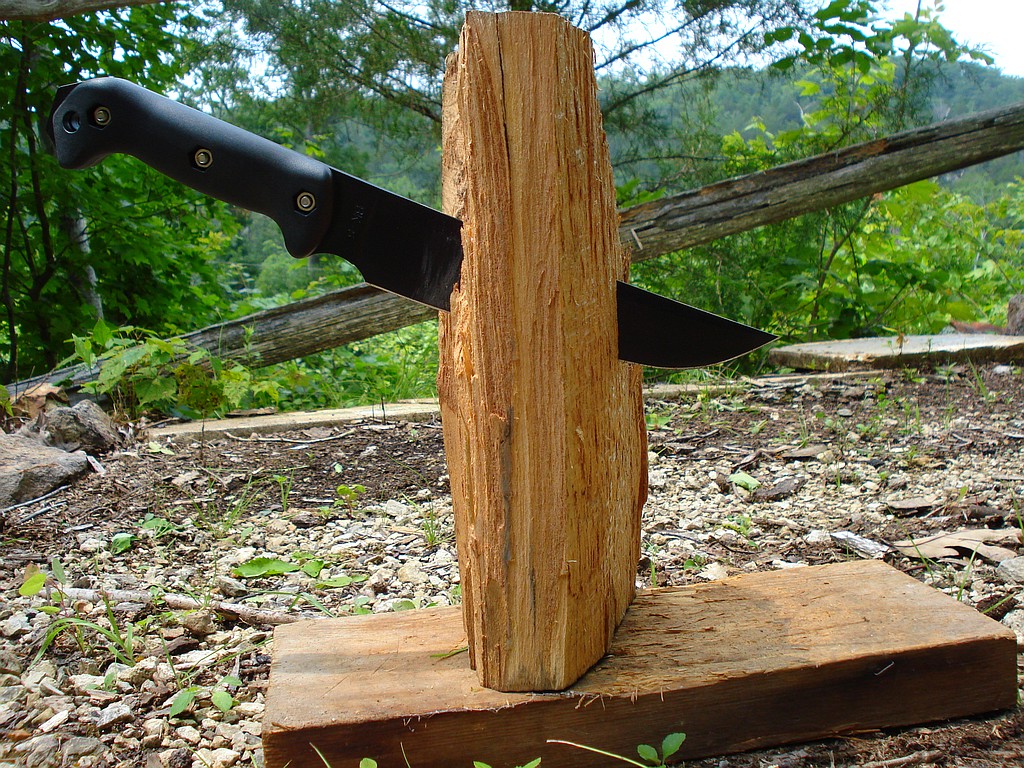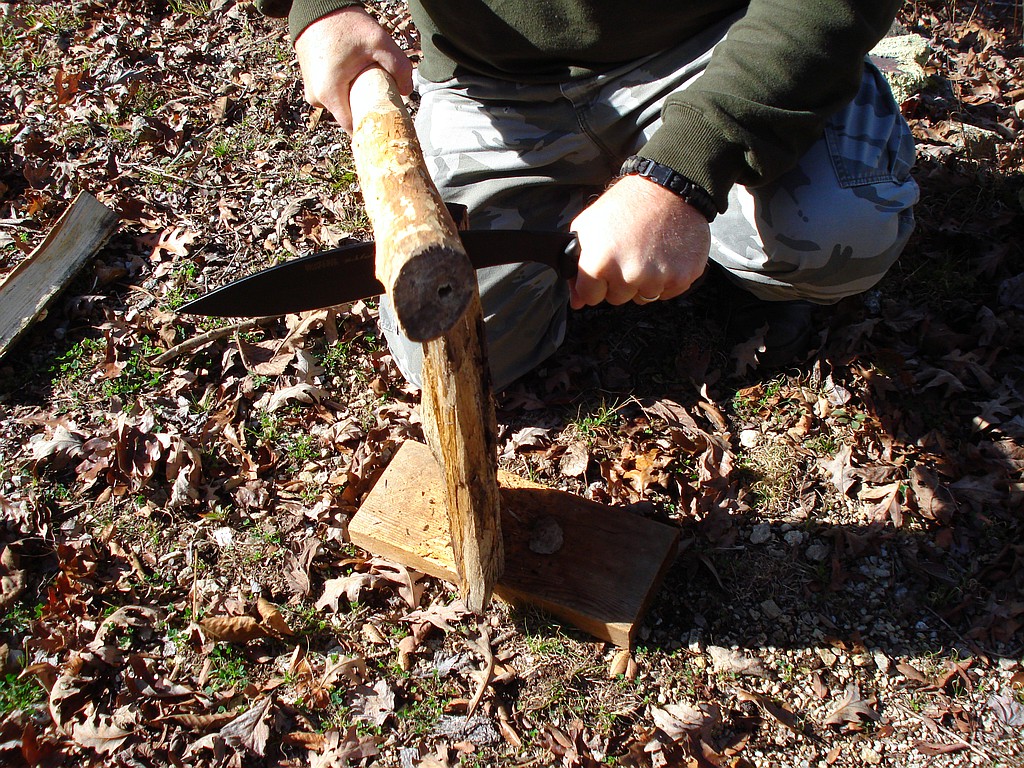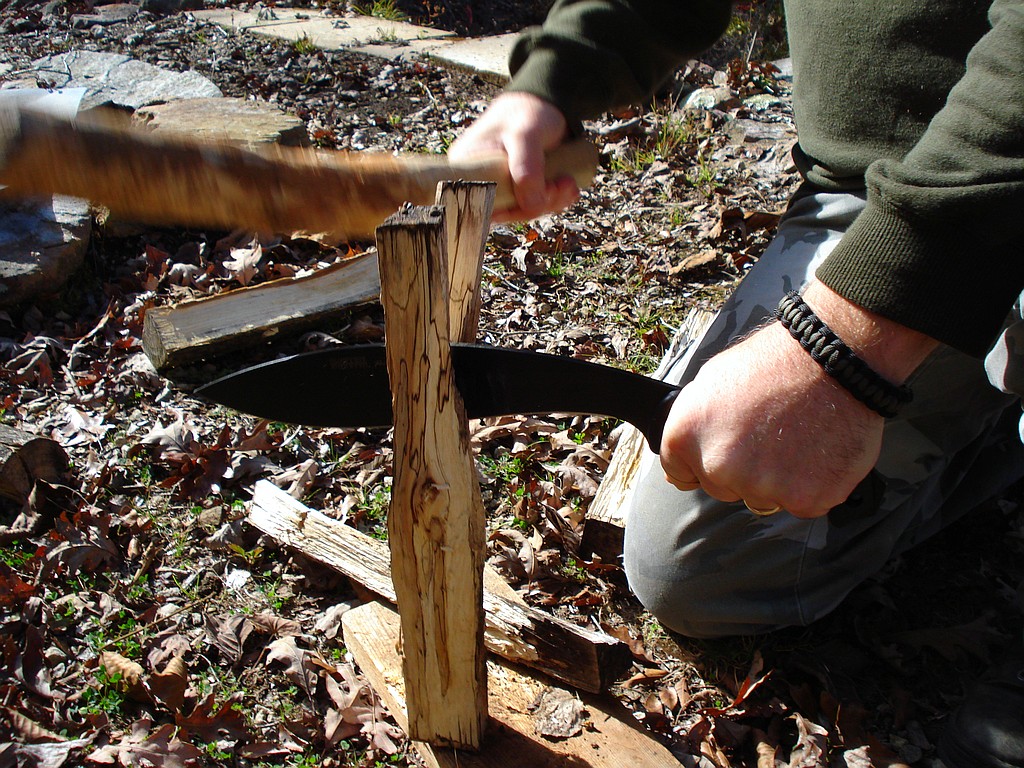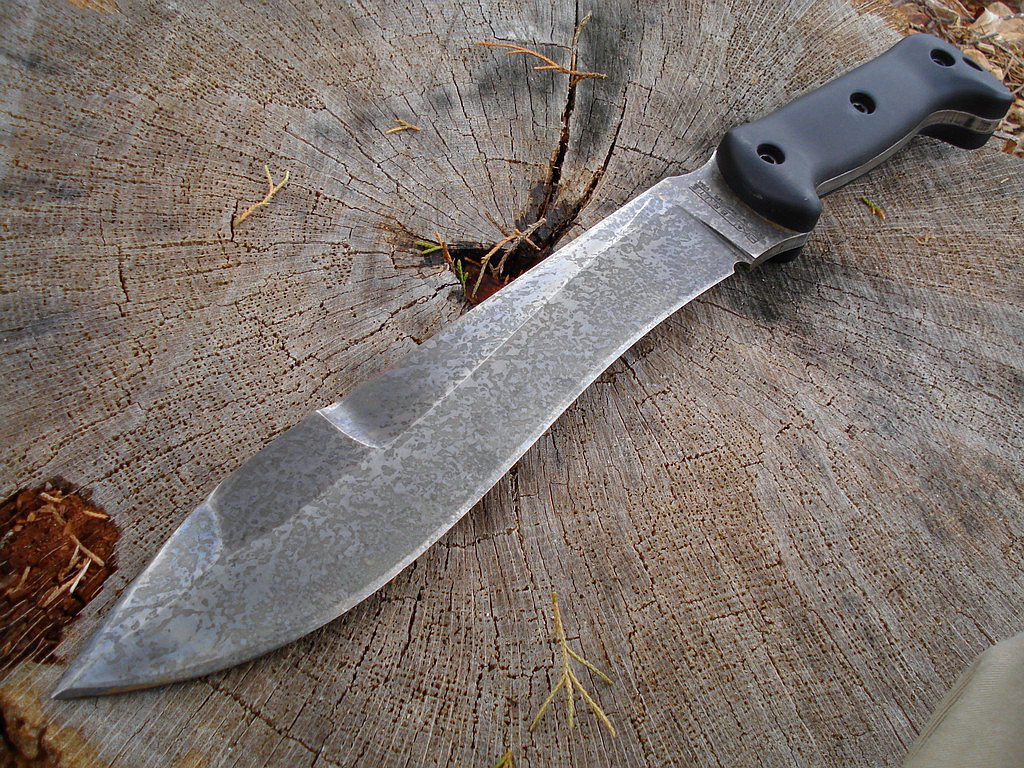- Joined
- Jul 3, 2014
- Messages
- 93
Understood...I agree wholeheartedly with the post that says it's a cultural thing. I grew up with an axe...the family requirement was to fell trees, limb trees, and repeat the process. We were more worried about removing scrub trees than making firewood...though we eventually burned the brush pile. When I was five, I was given a hatchet to whack little stuff...the taller and stronger you got, the bigger the axe until you reached the big heavy double bits. My grandfather required a specific precision of sharpness. If you couldn't take a certain size limb in one swing, you got sent to resharpen. Beating a knife would have been considered a sin...but all we had were pocket knives.
Safety, effectiveness, purpose seems to drive the baton decision...and fun/relaxation. Just like I eventually switched to a chainsaw, people must switch to batoning. Interesting...
1. Was this something mountain men did...?
2. I read somewhere here that a BK16 paired with a BK9 was a good match for these situations. Is that true...or are most batoners one-tool people? May have to make a Christmas list for 2019...
3. What level of fun are we talking here? That might be a tough sell to the wife...
Safety, effectiveness, purpose seems to drive the baton decision...and fun/relaxation. Just like I eventually switched to a chainsaw, people must switch to batoning. Interesting...
1. Was this something mountain men did...?
2. I read somewhere here that a BK16 paired with a BK9 was a good match for these situations. Is that true...or are most batoners one-tool people? May have to make a Christmas list for 2019...
3. What level of fun are we talking here? That might be a tough sell to the wife...




































